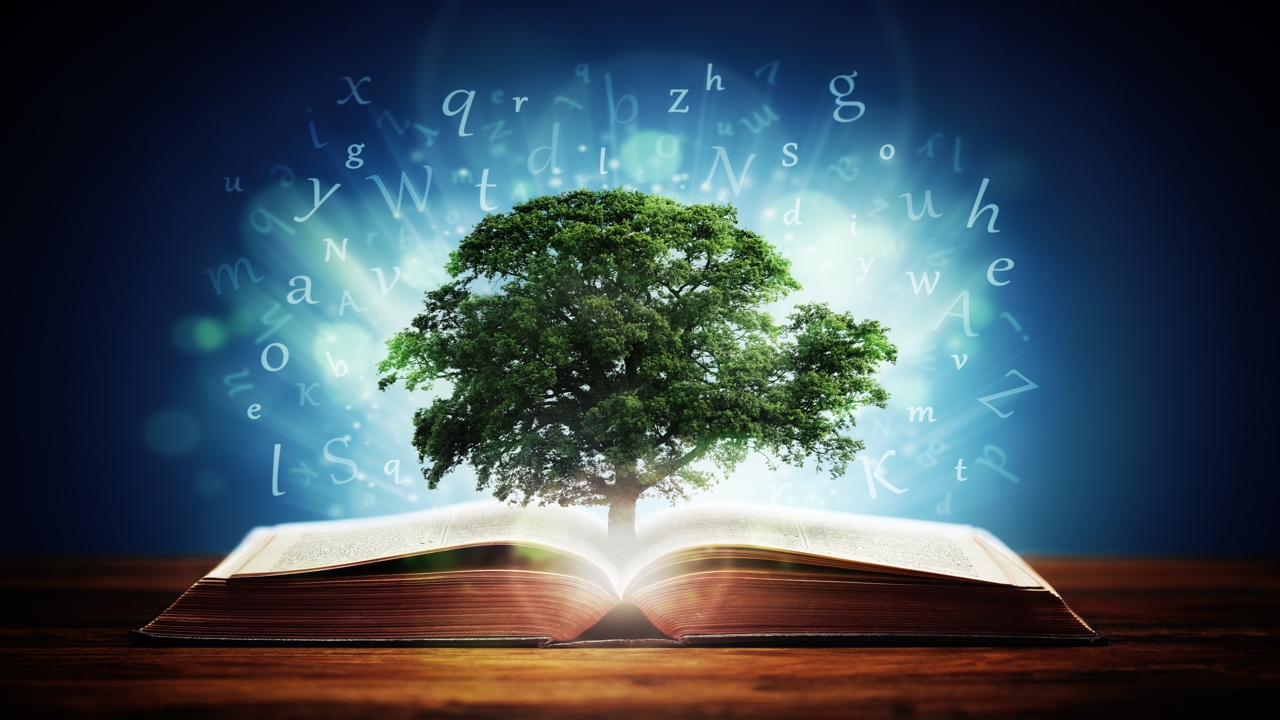
Naturalism in literature was a branch of Realism, that began from 1865-1900. Let’s see more about this important era in literature, through the following write-up…
“Literature adds to reality, it does not simply describe it. It enriches the necessary competencies that daily life requires and provides; and in this respect, it irrigates the deserts that our lives have already become.” – C.S. Lewis, a British novelist and scholar.
The definition states that, ‘Naturalism in literature was a literary movement, that began in the late nineteenth century (1865-1900) in film, art, literature and theater that portrays common values of an ordinary individual.’ Naturalism was a literary movement that suggested the involvement of environment, heredity and social conditions in shaping the human character. Naturalism or literary naturalism, originated as a French movement, where the naturalistic writers were influenced by the theory of evolution of Charles Darwin and the ideas of Hippolyte Taine, a philosopher.
Naturalistic writers wrote stories that adopted the perspective that a person’s character is determined by one’s lineage and environment. The term ‘naturalism’ was coined by Emile Zola, an influential French writer. He was also an important contributor towards the development of theatrical naturalism. Some other famous writers associated with naturalism are Stephen Crane, Frank Norris, Jack London and Theodore Dreiser.
Features of Naturalism
There are four main characteristics of naturalism. They are listed as under
- The main characteristic of literary naturalism is pessimism, where a character tends to repeat a phrase having a pessimistic outlook, which sometimes emphasizes the inevitability and quality of death.
- Detachment from the main story is another characteristic of literary naturalism. The author tries to maintain an objective tone and sometimes achieves detachment or change by introducing nameless characters. This focuses mainly on the plot and character rather than focusing on the character only. This method was more common among modernist writers like Ernest Hemingway.
- In determinism, which is the third characteristic of naturalism, the notion that individual characters have a direct influence on their lives is replaced by a focus on fate or nature and is the opposite of the belief of free will. The author makes the reader believe that the fate of the character has already been predetermined by certain factors, specially environmental factors and he can do nothing to change it.
- One common characteristic of literary naturalism is the surprising twist at the end of the plot. There is a strong sense in the naturalist stories and novels that nature is not affected by human struggle. The key themes, survival, determinism, violence, and taboo, have been ideally portrayed in all the works of this literature genre.
Realism vs Naturalism in Literature
Though naturalism and realism are inter-related, they are two different genres of literature. Here are a few differences between realism and naturalism:
- The history of naturalism can be traced back to the nineteenth century where this movement was supposed to be the extreme form of realism. As compared to romanticism and realism, naturalism is a more recent movement in the literary cycle.
- The focus of realism is on literary technique, whereas naturalism connotes a philosophical pessimism, where writers apply scientific method to their writings and depict human beings as an objective and impartial character.
- Realism portrays things the way they might appear to be, while naturalism shows a deterministic view of a person’s life and actions. This can be seen in Stephen Crane’s The Open Boat and The Blue Hotel
- Realism shows that a person’s decision is based upon his response to the situation, whereas naturalism concludes that a person’s decision is predetermined by natural forces that make him act in a certain way.
Some Naturalist Writers and their Works
There are many renowned writers who have created mesmerizing novels, short stories and the like using this writing style. Given below are a few authors and their famous masterpieces, for which they are quite well-known in the world of literary art.
- Ambrose Bierce – The Fiend’s Delight (novella), Cobwebs from an Empty Skull (short story collection)
- Abraham Cahan – The Making of an American Citizen
- Don DeLillo – Americana (novel), The Angel Esmeralda: Nine Stories (short story collection), The Engineer of Moonlight (play)
- Ernest Hemingway – “Indian Camp, The Sun Also Rises, A Farewell to Arms, The Short Happy Life of Francis Macomber
- E. W. Howe – The Story of a Country Town, The Mystery of the Locks, The Moonlight Boy
- Edith Wharton – The House of Mirth
- Edward Eggleston – The Hoosier School-Master
- Ellen Glasgow – Barren Ground
- Frank Norris – McTeague , The Octopus: A Story of California, and The Pit
- Hamlin Garland – Rose of Dutcher’s Coolly
- Harold Frederic – The Damnation of Theron Ware
- Harriet Arnow – The Dollmaker
- Henry Blake Fuller – The Cliff-Dwellers
- Hubert Selby, Jr. – Last Exit to Brooklyn and Requiem for a Dream
- Jack London – Call of the Wild and White Fang (novels), To Build a Fire, An Odyssey of the North, and Love of Life (short stories)
- James T. Farrell – Studs Lonigan
- John Dos Passos – U.S.A. Trilogy, The 2nd Parallel and The Big Money
- John Steinbeck – The Grapes of Wrath
- Joseph Kirkland – Zury: The Meanest Man in Spring County, The McVeys, The Captain of Company K
- Joyce Carol Oates – Black Water, What I Lived For, Blonde
- Kate Chopin – The Awakening
- Nelson Algren – The Man with the Golden Arm
- Norman Mailer – The Naked and the Dead
- Paul Laurence Dunbar – The Sport of the Gods
- Rebecca Harding Davis – Life in the Iron Mills (novella)
- Richard Wright – Native Son, Black Boy
- Robert Herrick – The Memoirs of an American Citizen
- Saul Bellow – The Adventures of Augie March
- Sherwood Anderson – Winesburg, Ohio, Many Marriages
- Stephen Crane – Maggie: A Girl of the Streets, The Red Badge of Courage and George’s Mother
- Theodore Dreiser – Sister Carrie and An American Tragedy
- William Faulkner – The Sound and the Fury, As I Lay Dying and Light in August
- William Styron – Lie Down in Darkness
- Upton Sinclair – The Jungle
Naturalism is a literary movement that is derived from Realism, which not only depicts real life but also probes deeper to seek the characteristic reminiscent of Romanticism. Naturalism in the world of literature has an identity of its own due to the philosophical inclination in its naturalistic writings.



